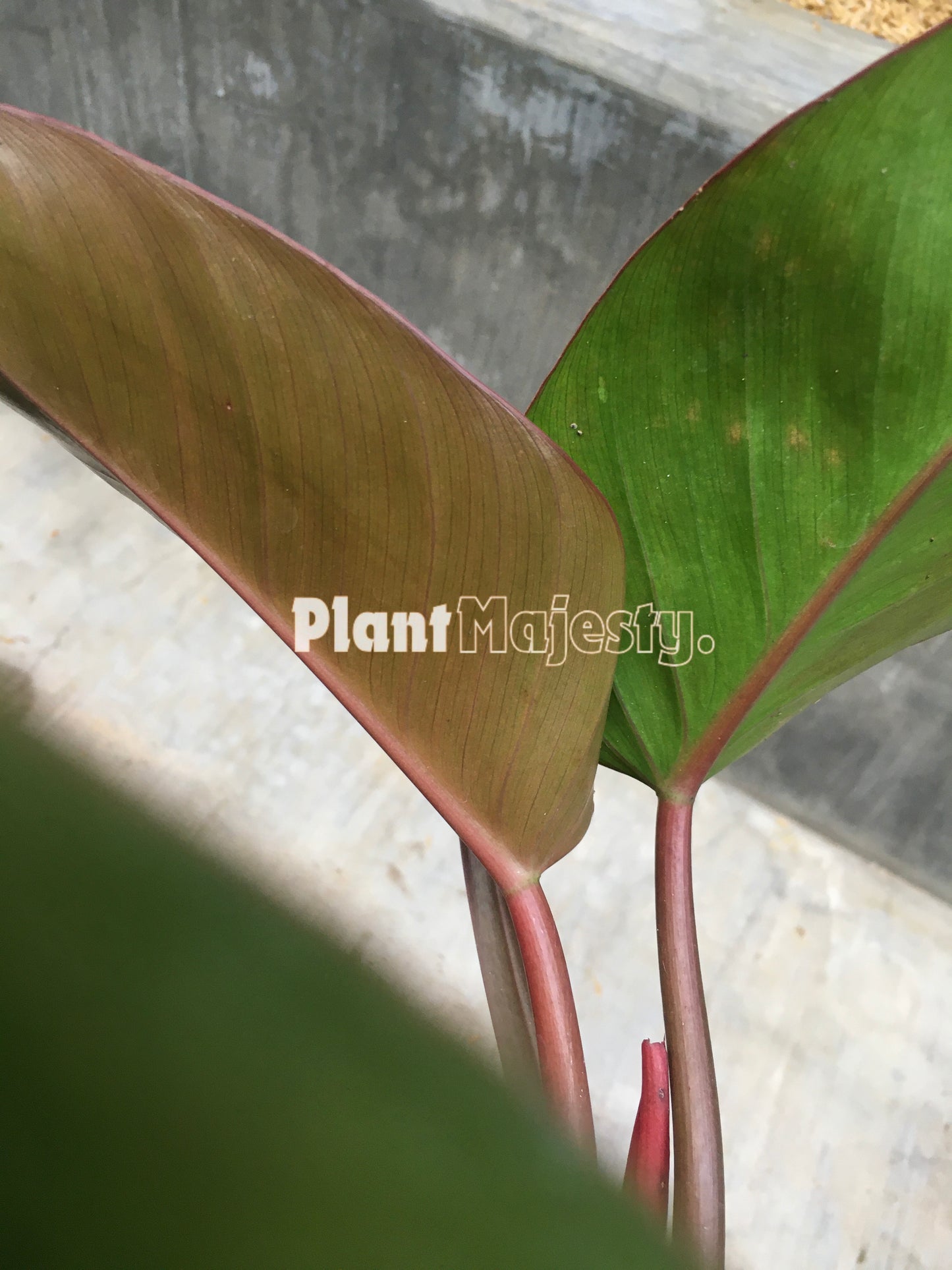1
/
of
3
Plant Majesty
Philodendron Red Congo
Philodendron Red Congo
Regular price
$15.00 USD
Regular price
$25.00 USD
Sale price
$15.00 USD
Unit price
/
per
Tax included.
Shipping calculated at checkout.
No reviews
Couldn't load pickup availability
The plant to be shipped is Pilodendron Red Congo. Please see the photos & video provided to see their physical features for your reference. Note that due to the abundant stock, the plants to be shipped are growers’ choice. We are sending you our best collections!
· Estimate leaves: 3
· Shipped bare roots with sphagnum moss
· Shipped by ourselves first-hand from Indonesia
Philodendron Red Congo – A Statement Tropical Plant
The Philodendron Red Congo is a bold and striking tropical plant with large, glossy, deep green leaves and a striking red petiole. Unlike climbing philodendrons, this self-heading variety grows in an upright, structured form, making it an excellent low-maintenance indoor plant.
Ideal Light & Temperature for Lush Growth
- Prefers bright, indirect light but adapts to medium light conditions
- Avoid harsh direct sunlight to prevent leaf scorching
- Best grown in temperatures between 65-85°F (18-29°C)
Humidity & Air Circulation for Healthy Foliage
- 50-70% humidity keeps foliage glossy and healthy
- If air is dry, place near a humidifier or mist occasionally
- Ensure good airflow to prevent fungal issues
Repotting: Signs Your Plant Needs a New Home
- Repot when roots become tightly packed or emerge from drainage holes
- If new leaves emerge smaller than older ones, the plant may need more root space
- Fresh soil every 2-3 years boosts nutrient availability
Watering & Nutrient Requirements
- Allow the top 2 inches of soil to dry out before watering
- Overwatering can lead to root rot, so use a well-draining potting mix
- Feed with a balanced liquid fertilizer every 4-6 weeks
Pest Prevention: Defending Against Unwanted Visitors
- Potential pests: Mealybugs, spider mites, and fungus gnats
- Preventative care:
- Wipe leaves regularly to remove dust and potential pests
- Use neem oil or insecticidal soap as a natural deterrent
- Keep soil well-draining to avoid fungal gnat infestations
Share






